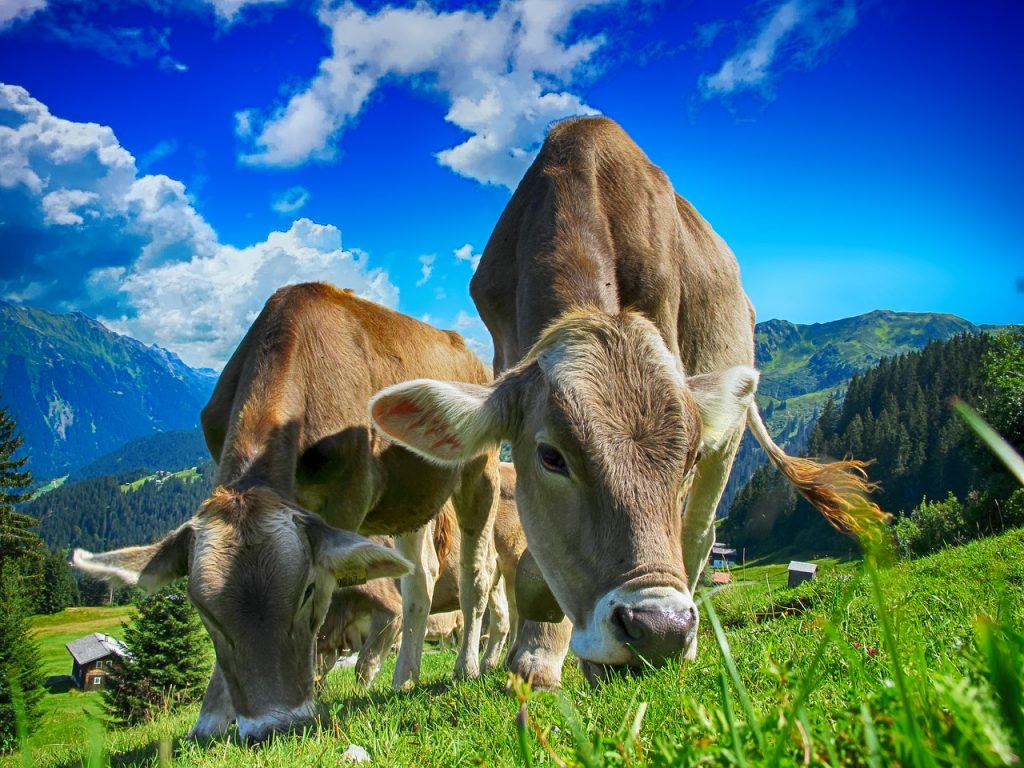Feral Cows Are Destroying One US National Forest
Feral cows are causing significant damage to Gila National Forest in New Mexico due to their overgrazing and destroying stream banks.
This article is more than 2 years old

Feral cows in the Gila National Forest in New Mexico will soon be removed. The cows are causing a significant amount of damage to the forest. Federal workers have formulated a plan to remove the cows before more damage is caused.
The feral cows are causing damage to the Gila National Forest by overgrazing and demolishing stream banks. It should take a total of 14 days to remove all of the bovines from the forest safely. The removal is set to begin in February.
It is believed that there are up to 250 feral cattle that roam through the national forest, but that number could be as little as 50. Whatever the number is, the cattle are proving to be detrimental to the overall ecosystem of the forest, and action must be taken. This will not be the first time a removal has taken place.
A herd of feral cows has been living in the Gila National Forest since the 1970s. After nearly 20 years of living in the forest, it was determined that removal should begin, and the first efforts were made. Since then, over 700 cattle have been removed, and it is necessary to remove more.
This may not be what animal lovers want to hear. In recent years, multiple methods have been used to remove feral cows, including lethal and nonlethal methods. It should be noted that in some cases, even if the cows were rounded up, it would still lead them to be euthanized because of stress and injury during the process.
Local ranchers are concerned over the on-site lethal method for a few different reasons. Ranchers are worried about the possibility that branded cattle have wandered into the forest and mixed in with the feral cow heard and could be killed in the process. Despite this fear, there is only one recorded incident of this taking place.
Additionally, shooting feral cows on site and leaving their carcass to the elements raises a number of red flags to not only ranchers but others as well. The meat from the cattle is potentially wasted, whereas if it went to auction, that would not be the case. That is not the only risk involved with this method.
When the carcass of feral cattle is left for mother nature to take over, predators have access to an easy meal. The dead carcass could give the predator a taste for the cattle that it might not have had before and cause it to begin going after other cattle as a food source. The predator could venture out of the forest, searching for a similar food source.
Ranchers and others are urging for a more extended period of time to study the impact of what is taking place. People are also proposing plans of their own for how to better handle the removal of feral cows. Locals suggest a limited drawing that allows licensed hunters to shoot and remove the cattle, which would eliminate government expense and let the meat go to use.
The Forest Service still plans to move forward with the removal in its way. Controlling the animal population and preserving the integrity of the national forest is a part of the job. Hopefully, they will formulate a plan that also leaves nothing to waste.






